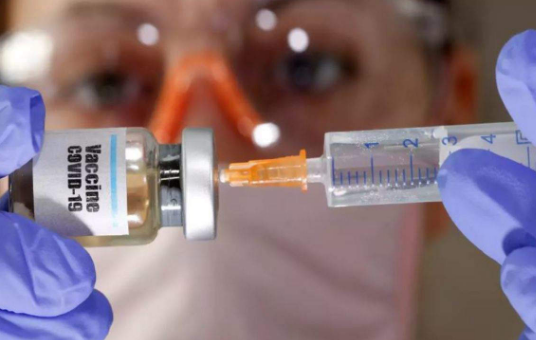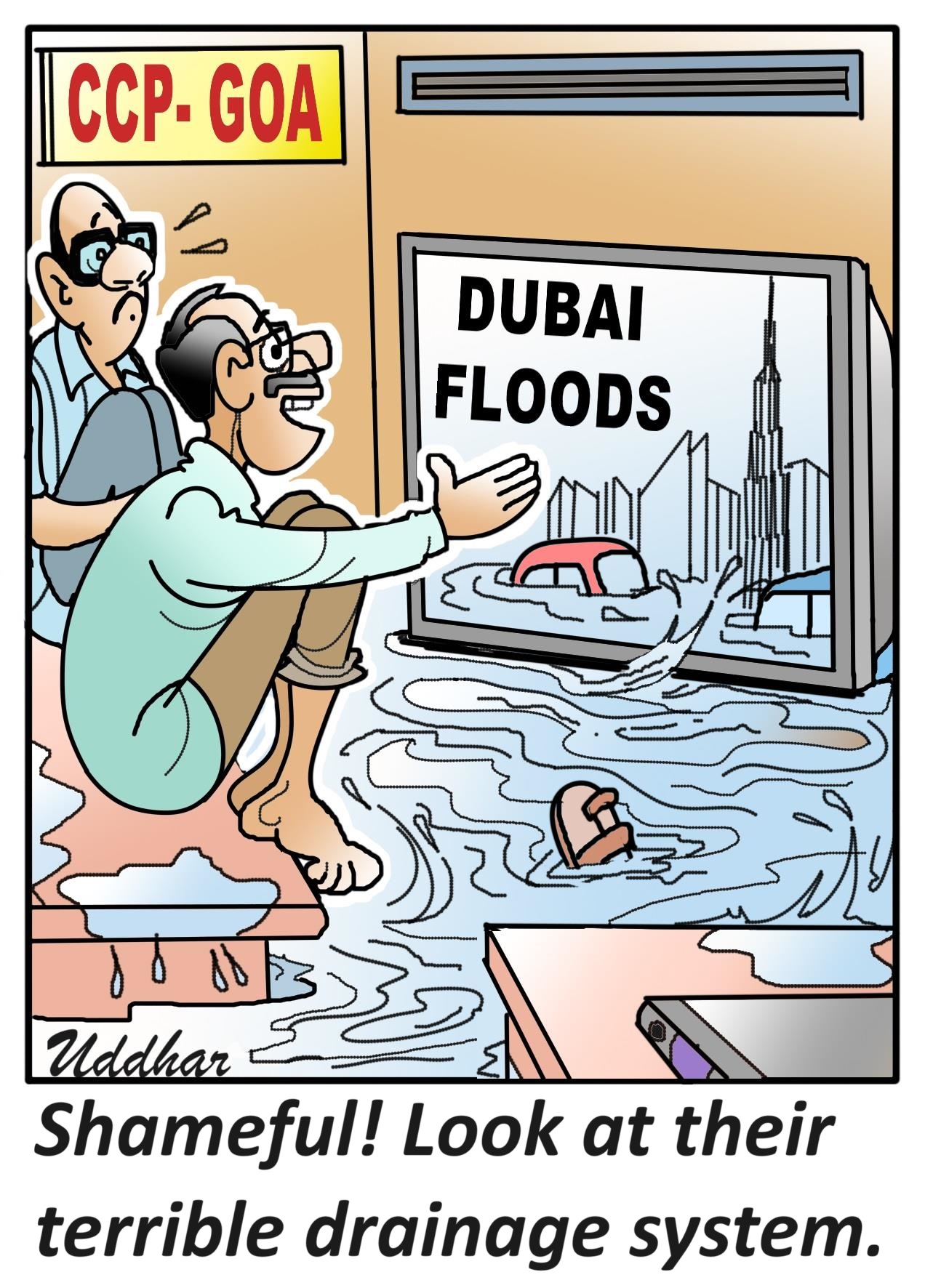
It was expected to take years before most of the population was inoculated against the coronavirus. A billion doses being administered just a little over nine months later was inconceivable in the beginning of the year. But India administered its billionth vaccine dose on October 21, becoming the second country after China to have reached this figure. Prime Minister Narendra Modi is absolutely right in saying that, ‘This achievement belongs to India and every citizen of India’. It would not have been possible if the people had not come forward to receive the dose. The next target is the entire population vaccinated by the end of the year.
After the shortage of vaccines in April and May this year, when States had to stop administering doses at the peak of the second wave, this milestone becomes a major achievement. Yet, as India achieves and then crosses the 1 billion COVID-19 vaccination mark, the road ahead for the next target is fraught with hurdles and it is no time to celebrate, as a billion doses in a country with a population of 1.3 billion leaves a large segment still unvaccinated.
As per available statistics, about 75 per cent of the eligible population has been administered the first dose of the vaccine and just 30 per cent has received both doses, which indicates that there are millions of people across the country still to receive the first shot. There is therefore a yawning gap between the number of people fully inoculated and those that have has just one shot, which requires to be bridged quickly. Simultaneously, there is a segment of the people that is extremely hesitant to receive the vaccine. Besides, while Covishield, the brand name under which the AstraZeneca vaccine has been produced in India, has been administered to a majority of the population, Covaxin, the other vaccine that has been rolled out still awaits emergency use approval from the World Health Organisation (WHO) which is seeking more information on it, before giving its clearance.
The other piece of good news is that with there being no new variant of the Coronavirus having emerged yet and infections, in the country including in Goa, are dropping further, leading health experts in the country are hopeful that the threat of the third wave is dimming. After the devastating second wave that led to thousands of deaths, crippled the medical services, led to oxygen shortages, the possibility of the predicted third wave in October-November waning is a major relief. That, however, should not lead to letting down the guard and all pandemic precautions have to be followed to avoid a spread. Numbers are dropping but the virus is still spreading. The horror of the second wave is still fresh in people’s memory. Nobody wants a repeat of what occurred.
It is also time to look at healthcare and the investment that the government puts in it. India’s experience with the pandemic has exposed various shortcomings in healthcare and also afforded the country the opportunity to make improvements where necessary. If the country was able to administer a billion doses, then it means that it has the possibility of boosting its existing healthcare facilities. People of all walks of life should be able to receive the best of medical facilities without having to seek favour from the political class. For that the country needs a strategy that will include the private sector along with the public sector in providing healthcare. If the vaccine administration can be a success, so too can universal healthcare succeed in India.
